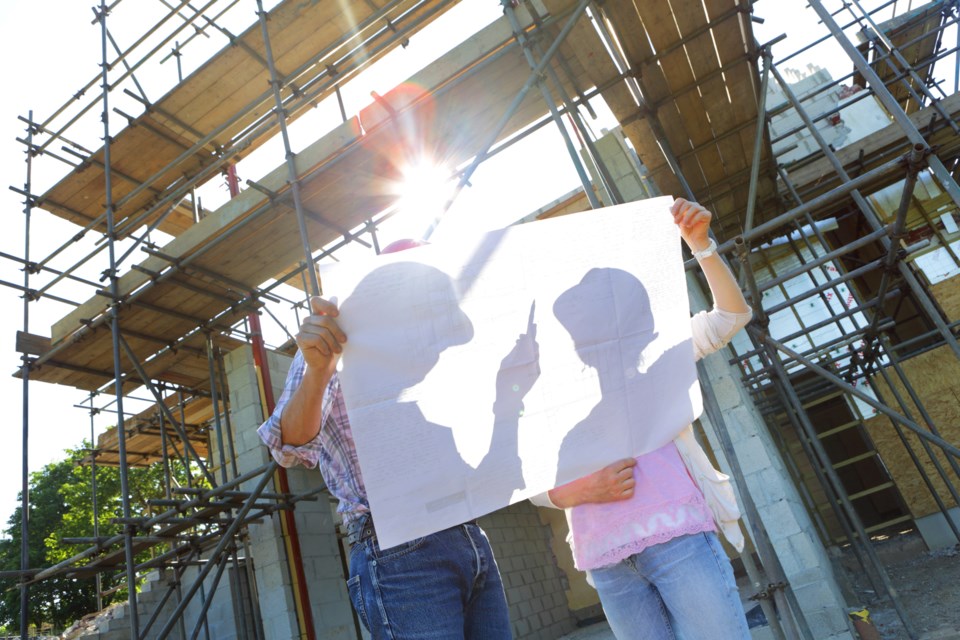The budget tabled last week by the federal Liberal government was the most housing-oriented budget in decades, as it laid out a series of initiatives designed to meet the lofty target of building almost 3.9 million homes over the next seven years.
Low-cost loans, tax incentives, freeing up federal land, focused immigration patterns, purpose-built rental housing — the list of initiatives is a long one.
But there is one burning question left unanswered:
Just who is going to be doing all that building? It works out to about 550,000 homes being built every year, but we are facing a crisis in the skilled trades sector the likes of which we have never seen before.
BuildForce sa国际传媒, which represents all sectors of sa国际传媒’s construction industry, projects that sa国际传媒’s construction sector will need to recruit 54,000 additional skill trained workers over the next decade just to keep pace with current levels of construction.
Almost one-quarter of the workforce — 43,200 workers — is expected to retire in the next decade. Even with the expected recruitment of slightly more than 36,000 skilled workers under the age of 30, the industry could “face a deficit of 17,700 workers unless anticipated recruitment is increased,” BuildForce sa国际传媒 said in a news release.
And it is not an easy problem to fix. “The development of skilled tradespersons in the construction industry takes years,” BuildForce sa国际传媒 said, noting that completions of construction trade programs are actually below pre-COVID levels.
This problem of a shortage of skilled workers is not a new one. It’s been a lingering problem for years and the pandemic made a bad situation even worse, as some workers retired early or changed careers.
“It’s been the monster in the woods for a long time. We’ve known this is coming,” said Jordan Thompson of KPMG told The Canadian Press. “However, it’s reached a head now, in that there is a lot of work combined with just the reduction of the overall labour force.”
Housing construction has a lot of competition when it comes to recruiting workers. Infrastructure projects employ thousands of skilled workers who won’t be building houses.
In sa国际传媒, provincial government projects tie up thousands of workers. There are about 2,700 people working on the Site C Dam project on any given day and LNG sa国际传媒 has employed about 6,500 people through the life of the project so far.
Also, almost 1,000 people will have worked on the Broadway Subway by the time it is completed, plus about 300 people will be employed building the new Pattullo Bridge.
And this list doesn’t include the Surrey-Langley Skytrain extension or the Massey Tunnel Replacement project.
In fact, taxpayer-funded projects – almost all of them requiring a skilled construction workforce – dominate the industry. Each year, the sa国际传媒 government spends about $15 billion on these projects that employ thousands of workers.
This year, work is being performed on 24 K-12 schools, as well as 17 post-secondary schools, 32 health facilities and 24 sa国际传媒 Hydro projects.
It should be noted that even with all construction activity, houses (mostly multi-unit) are being built in this province. The budget forecasts about 46,100 housing units being built this year, rising to about 50,000 a year in the latter half of this decade.
But those targets are only achievable if there are enough skilled workers to build them. And right now, things don’t look all that promising.
Keith Baldrey is chief political reporter for Global BC.



